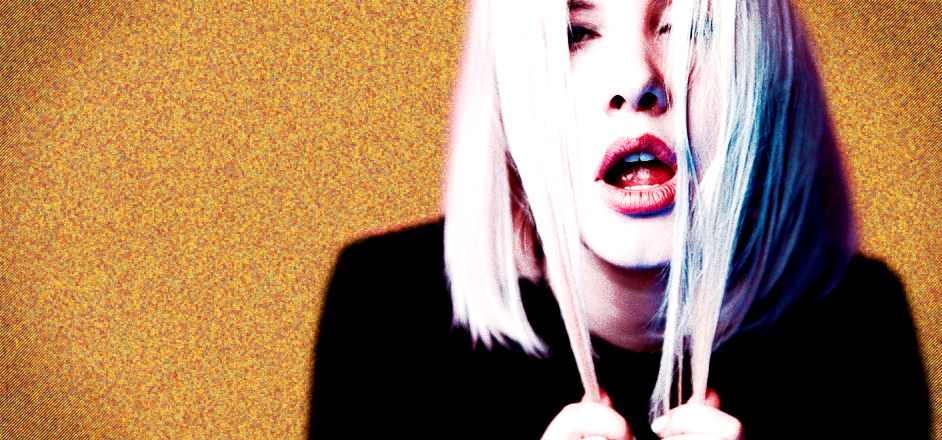There are 24 shot glasses on the kitchen counter: 12 filled with a caffeine cocktail, 12 filled with liquor. A dozen young men shoot back the shots, pound their chests, and roar out a war cry along the lines of “Let’s go kick some ass!”
Brian and his friends have a drunken agenda to start a fight. At the bar, they unleash their pent-up fury on any unsuspecting victim who dares cross them. Brian is now my mild-mannered co-worker, but when he was in college, he was a member of a gang of violent machismo. Every circle of friends has at least one angry drunk. Brian’s circle just happened to have 12.
But what was it that transformed these men into aggressive assholes when they drank? Psychological researchers would attribute it to their classification as Mr. Hydes, one of four scientifically determined drinking personalities. Mr. Hydes become less responsible, less intellectual and far more aggressive under the influence of alcohol. At the bar, you’ll find them in the midst of a brawl with the waiter, or the bouncer, or a lamp post.
What contributes to this dual personality is far more than just the booze. In fact, a study at the University of Missouri at Columbia attributes the dramatic transformation to a blend of personality, neuroscience, and social factors.
While the context of a modern-day fight club may seem to explain the violent rage of a dozen drunken boys, there are other psychological factors at play.
Personality type
Although angry drunks can unleash a fury of rage when intoxicated, they’re usually calm and collected when sober. That’s because they’re the passive aggressive type – skilled at suppressing their anger and seething in silence. A 2010 study by the Swedish Institute for Social Research found a significant link between people who regularly repress their anger and an increased likelihood of drunken violence. The study also found that those who bottled up their anger were more likely to drink to the point of drunkenness, which subsequently led to more violent incidents. The participants without repressed feelings were more likely to drink in moderation.
In the paper, the researchers comment that because alcohol inhibits our self-control, those with pent-up rage are more likely to unleash it after a few drinks. Reduced self-control is particularly troublesome for those who begin at an already-low threshold, for people we usually describe as “impulsive.” A 2011 study led by Brad Bushman, a professor of psychology at Ohio State University, found that spontaneous people who focus on the present, as opposed to future consequences, were more prone to drunken outbursts.
"People who focus on the here and now, without thinking about the impact on the future, are more aggressive than others when they are sober, but the effect is magnified greatly when they're drunk," said Bushman. Not surprisingly, their struggle to consider the consequences of their actions is worsened by alcohol, and their short-sightedness is exacerbated. Mix impulsivity with a splash of passive aggression, and you’ve got yourself a Mr. Hyde.
Neuroscience
Alcohol toys with almost all the chemical connections in our brains. Perhaps the most profound chemical effect is that our cells become less able to communicate with each other. Intoxication gets right in the way of our cells’ conversation and prevents parts of our brain from talking to each other like they should.
This lack of communication really takes a toll in our prefrontal cortex, which translates into lapses in judgement, decision-making, and generally making a complete ass of ourselves. Our prefrontal cortex ordinarily serves as our Jiminy Cricket, warning us that sucker-punching the bouncer in the face might not be worth a night spent in jail, but drinking shoves a sock in Jiminy’s mouth, and leaves us free to rage on without his nagging.
Another important chemical change induced by excessive amounts of alcohol is lowered supply of serotonin. Serotonin is responsible for balancing our moods, and reduced levels are commonly linked with violent behavior. For those with naturally low serotonin, drinking serotonin-depleting alcohol can only exacerbate the likelihood of violent outbursts.
Social context
Picking up on subtle social cues is an essential aspect of our interactions. The only problem is, when we’re drinking, we suddenly become blind, deaf, and dumb to those cues. We have an impaired interpretation of facial expressions and tone of voice, to the extent that we can’t distinguish threatening from submissive.
Or let’s say that our friends are looking for a fight. The slightest bit of sass or a wrong look from some schmuck, and our buddies are urging us to get physical. When Mr. Hydes are stewing on suppressed anger, drinking to the extent that their sense of control is weakened, and are placed into a potentially hostile environment, violence is practically inevitable.
That’s how angry drunks establish a pattern. Their outbursts aren’t isolated incidences – they’re predispositions that put them right on the tipping point of violence. While many drinkers can transform into Mary Poppins – becoming sweeter and happier – or Nutty Professors – becoming more flashy and extraverted – Mr. Hydes mutation presents the only dangerous transformation of any type of drunk.
That’s why most members of Brian’s college gang quit drinking. They must’ve preferred the safe sober certainty of Dr. Jekyll to the drunken destructiveness of Mr. Hyde.




Leave a Reply